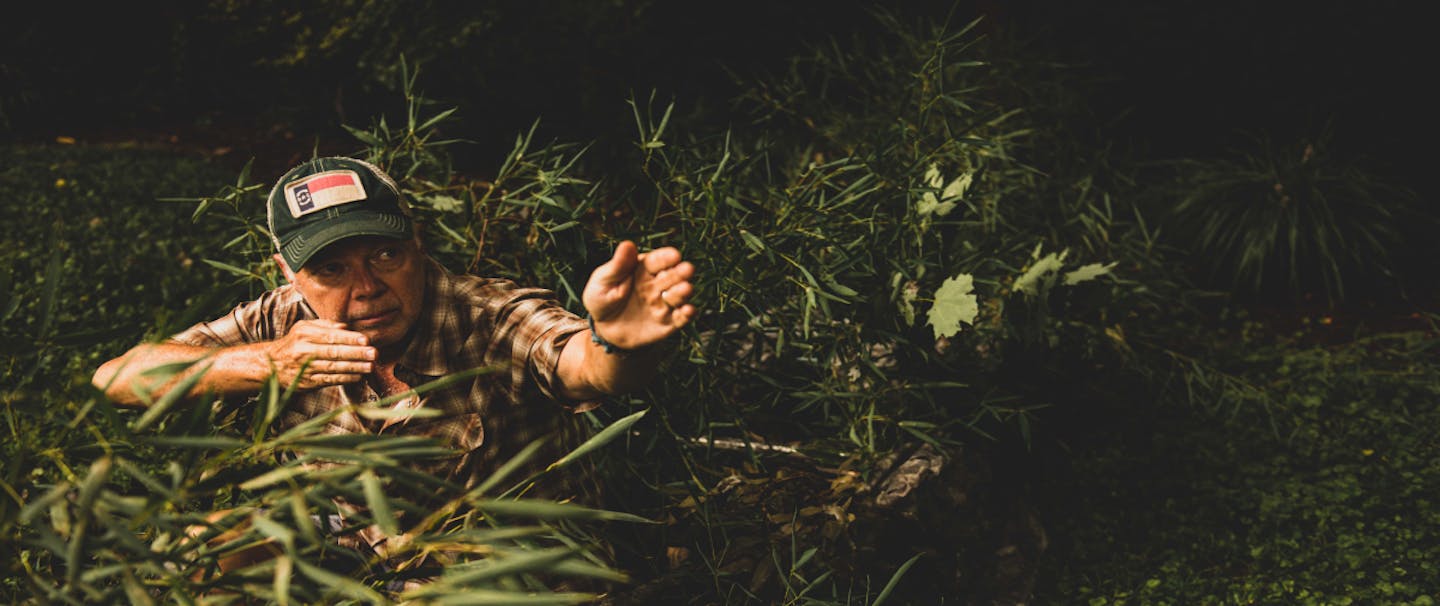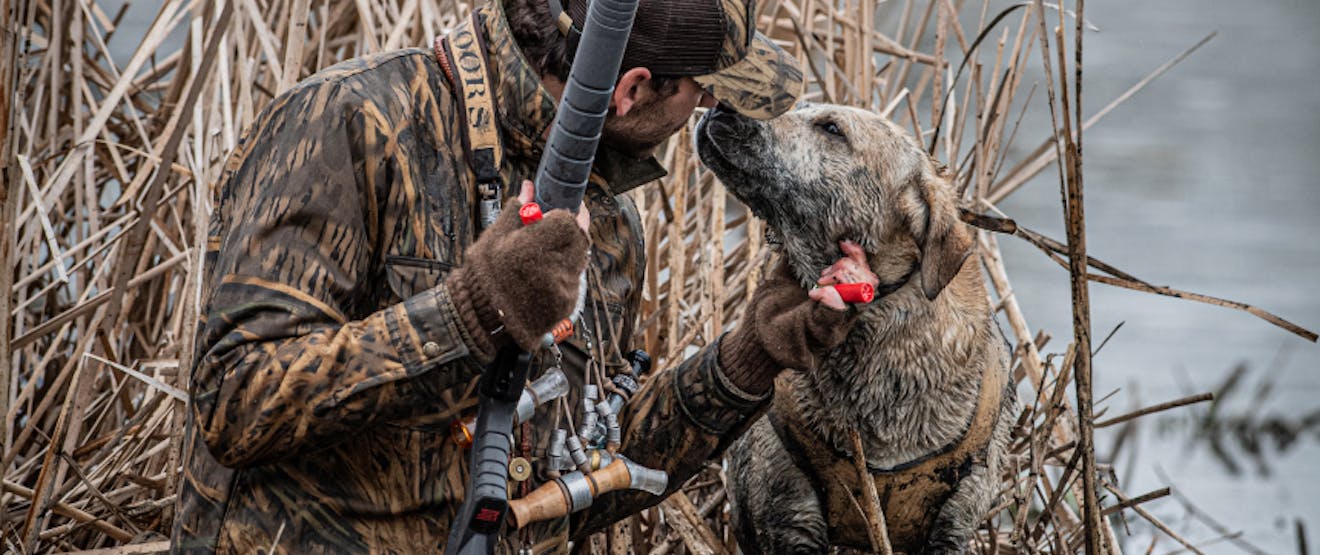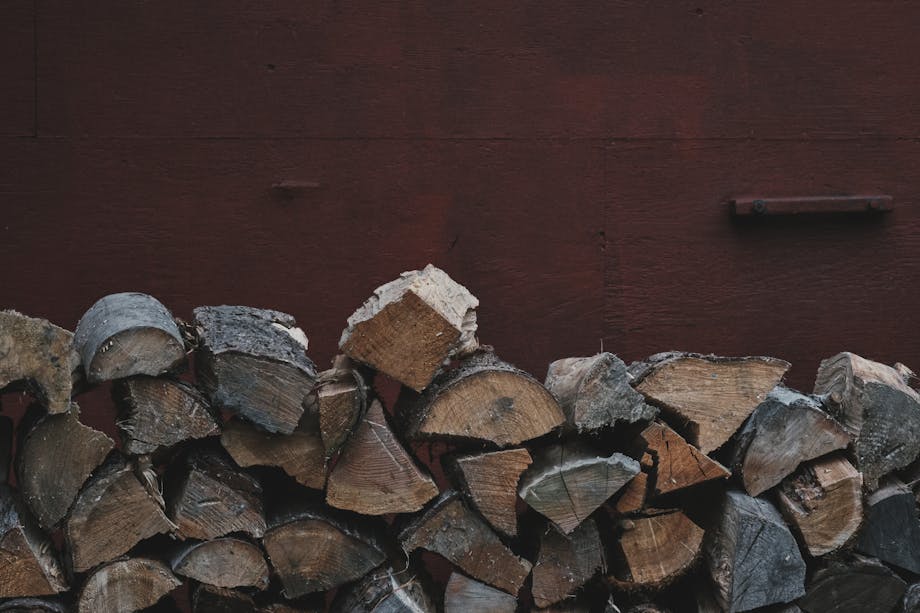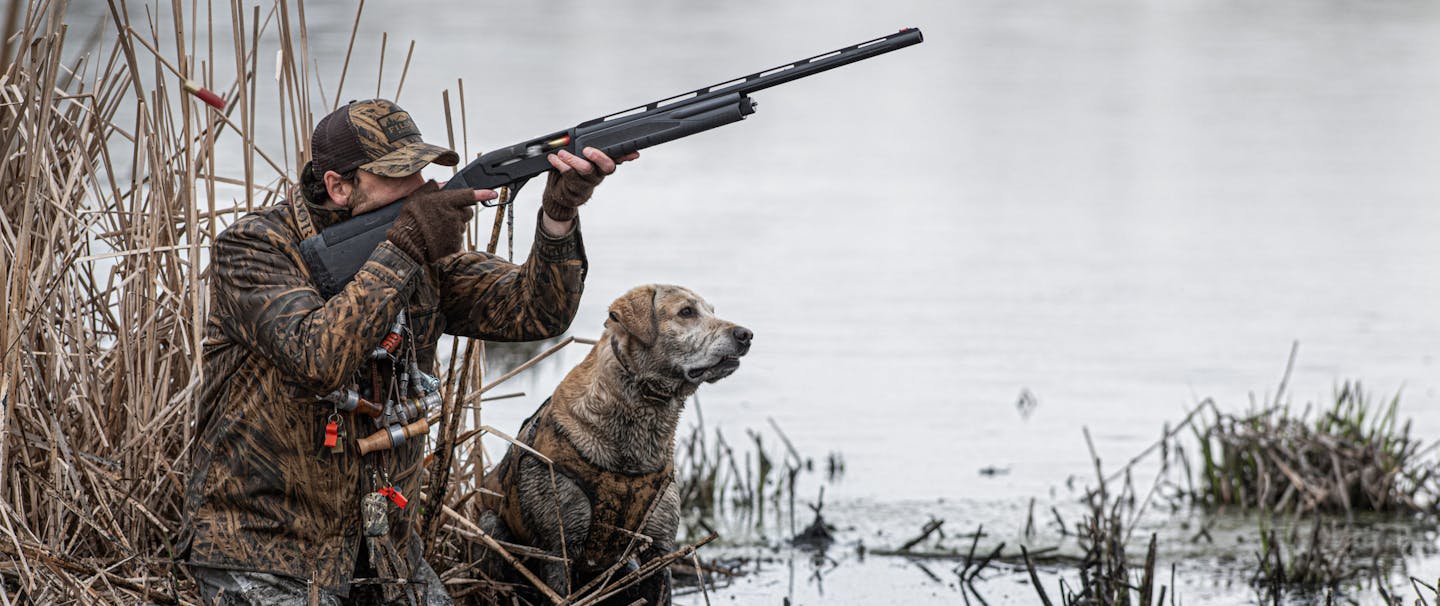SEASONED OUTDOORSMAN T. EDWARD NICKENS GIVES US HIS WELL-PROVEN-PLAY-BY-PLAY TO CAMOUFLAGE A CANOE AND GET UP CLOSE WITH WATERFOWL BEFORE FLUSHING THEM AND TAKING THE SHOT.
Floating a creek or small river for ducks is one of my favorite hunting strategies, and I’ve devised a pretty slick system for camouflaging a canoe that allows two boaters to sneak close enough to ducks to hear them snoring on a log. All you need is a piece of precut camouflage netting, pruning shears, cut brush, and a handful of long cable ties.
Paddling a camouflaged canoe takes some getting used to, so you might want to practice before the season opens. And you should always be prepared for a swim when heading out in cold weather. On every winter duck hunt, I pack a drybag with spare clothes, a towel, and fire-starting materials. I even stash a backpacking stove and a pot of soup or stew. I’ve never flipped, but I’m always ready for the worst just in case. Wear PFDs, keep a throwable cushion handy, and don’t forget to put on camouflage face masks and gloves before you head out.

the play-by-play
First, measure the distance between the tip of the bow and the stern seat and cut a piece of camouflage netting that is twice this measurement. Find the center of the netting by folding it in half, and hook the center over the bow of the canoe. Affix the netting to the boat’s gunwales, seat supports, and thwarts all the way down each side using cable ties. You want the netting to drape almost to the water’s surface, but not quite, so it won’t snag on brush in the water.
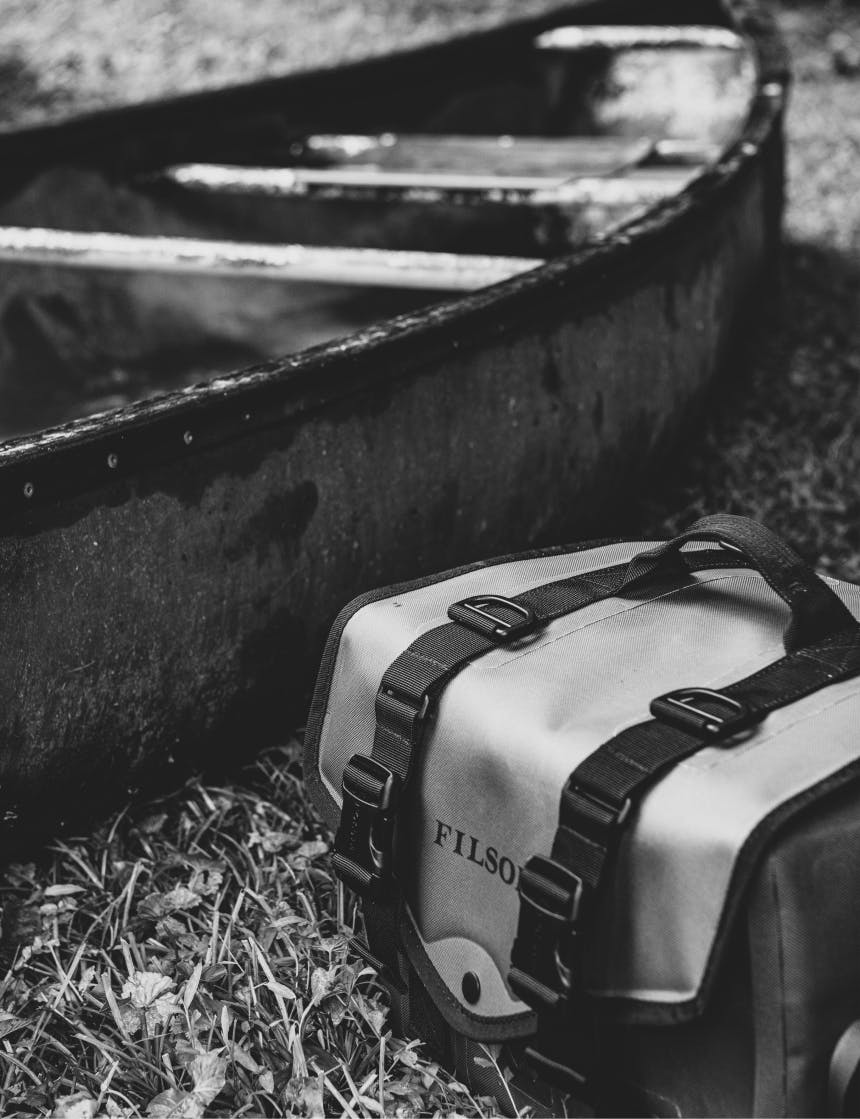
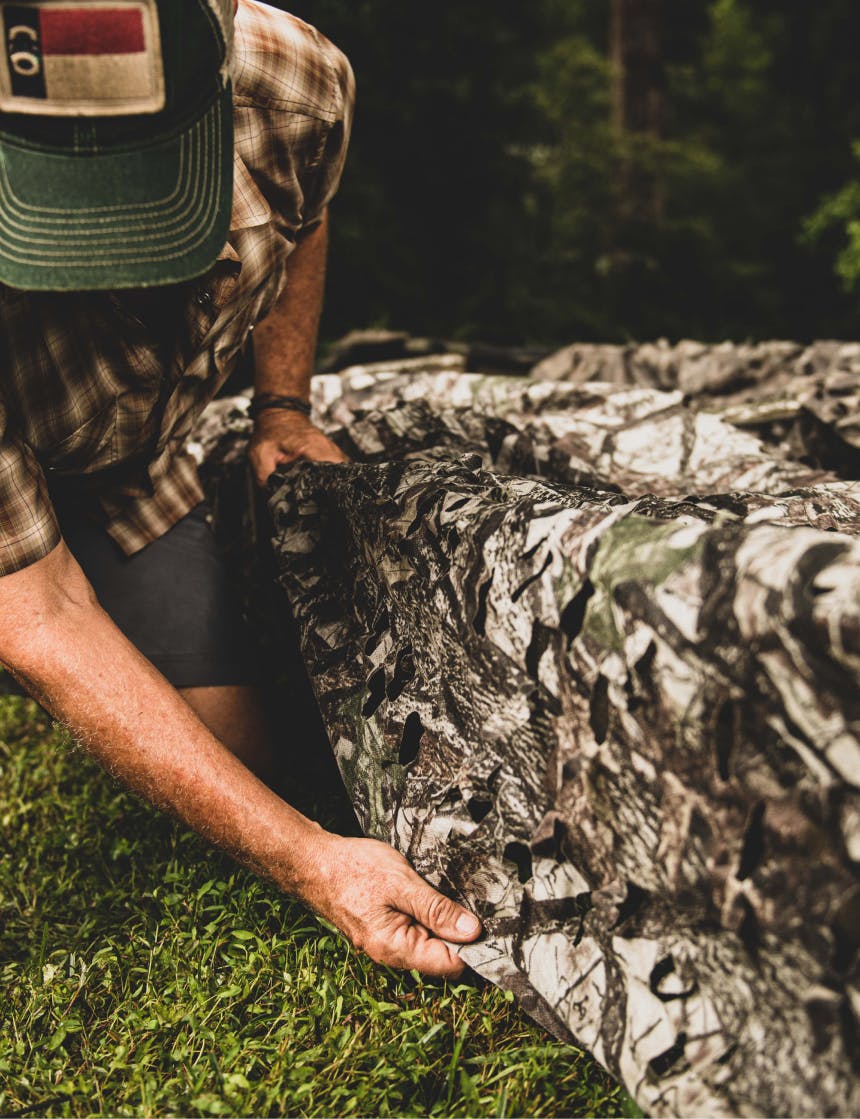
here’s something a duck hunter never hears: don’t forget the net!
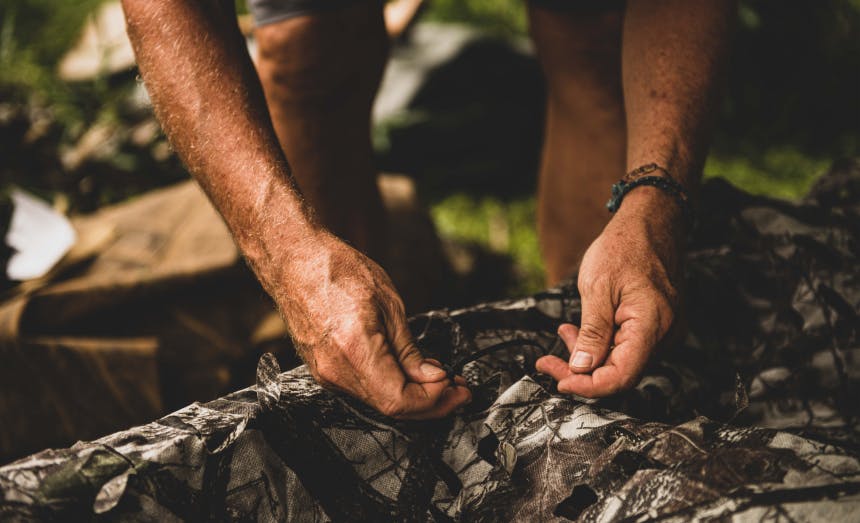

I’ve never flipped, but I’m always ready for the worst just in case.
With the hull covered, it’s time to go to town with the brush-up. Cut twice as much brush as you think you’ll need. Bamboo works great if you can find it. Beech trees keep their leaves deep into the winter, so they’re a good bet. And holly forms a dense curtain. With the brush, create a fan-shaped blind in the bow of the boat that is dense enough to fully screen the shooter. Then stand brush up along each gunwale all the way back to the paddler’s seat. You can weave stems and cut branches into the netting, use more cable ties to fasten the brush upright, or hold it in place with drybags and other gear. Use more than you think you’ll need—it’s far easier to jettison extra material while you’re on the water than to add more brush later. Bend and snap some of the brush so it drapes over the canoe’s gunwales to break up their long, straight lines.
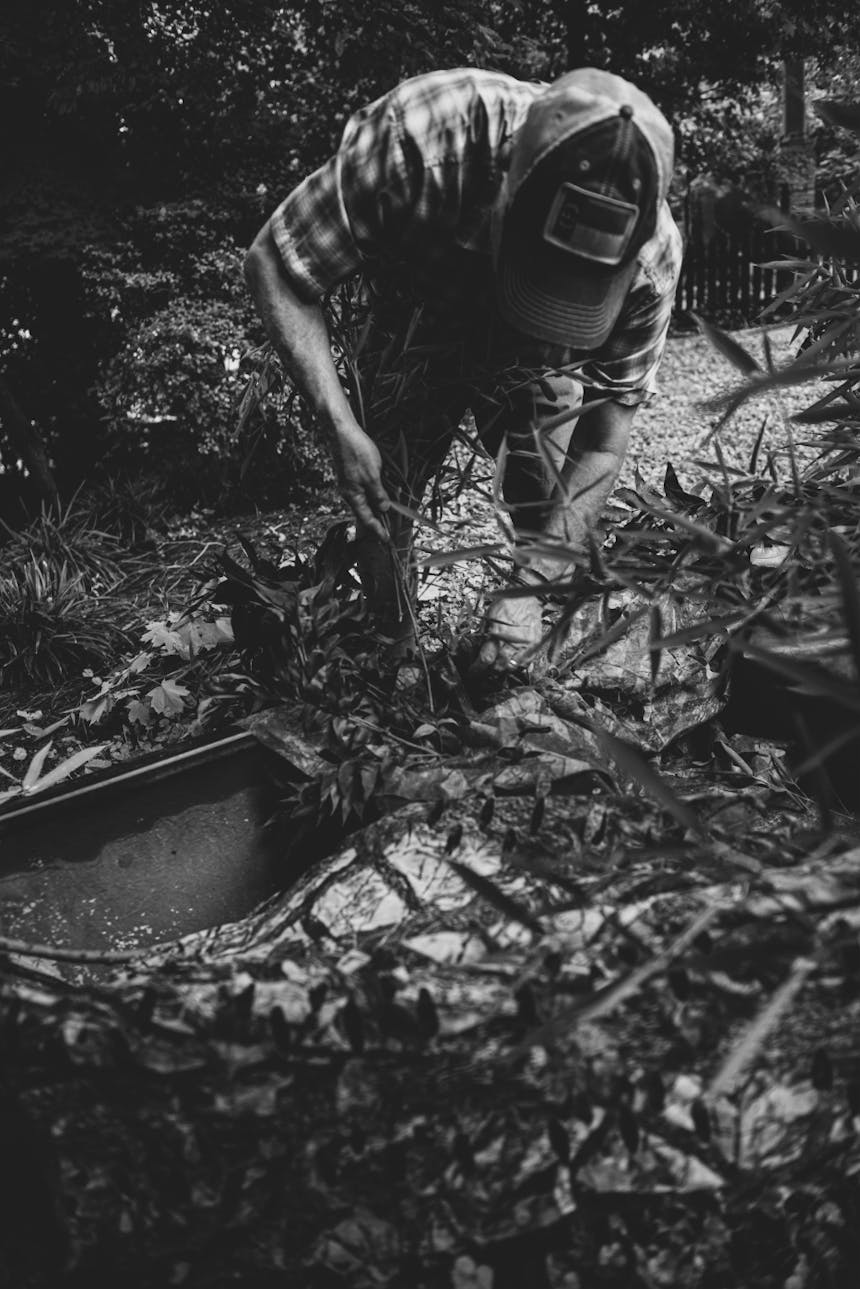
Now go to work hiding the paddler. Jam more cut brush into the space between the back of the stern seat and the canoe’s stern splash deck. You don’t need as much as you used in the bow, but be sure to use enough to break up the paddler’s silhouette when the paddler moves the stern at an angle to give the shooter a better downstream shot. Last, cut a branch about 5 feet long and brace it across the canoe, just in front of the paddler (to the right for a right-handed paddler, to the left for a left-handed paddler). You’ll want this branch to extend over the water for about half its length to help shield the paddler’s movements and hide the flash of a paddle blade on the recovery stroke.
By now, your canoe should be transformed into a floating island. Your shooter can crouch with a shotgun in the bow while the paddler uses a sculling stroke to minimize movement. And here’s something a duck hunter never hears: don’t forget the net!

